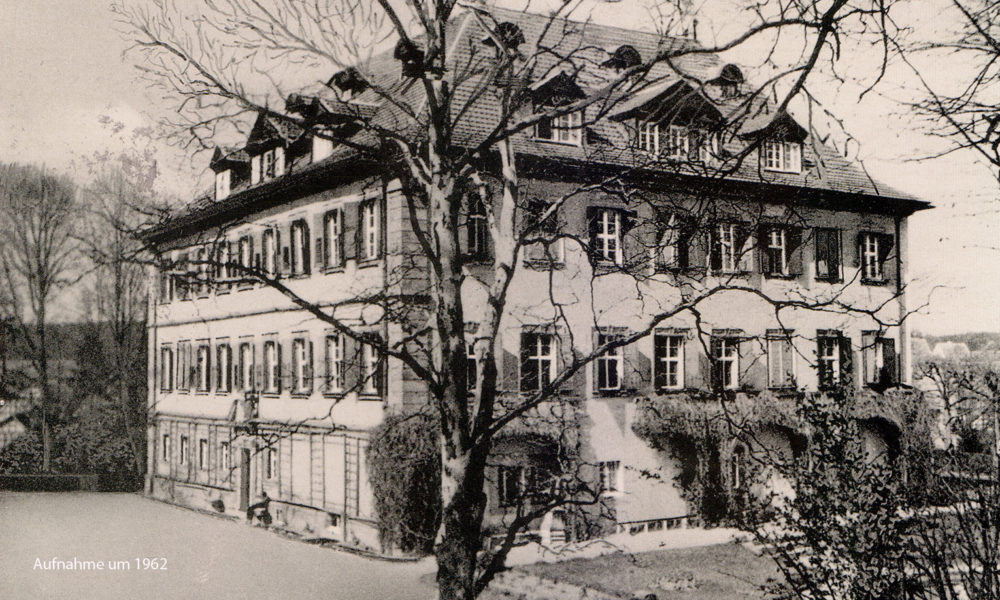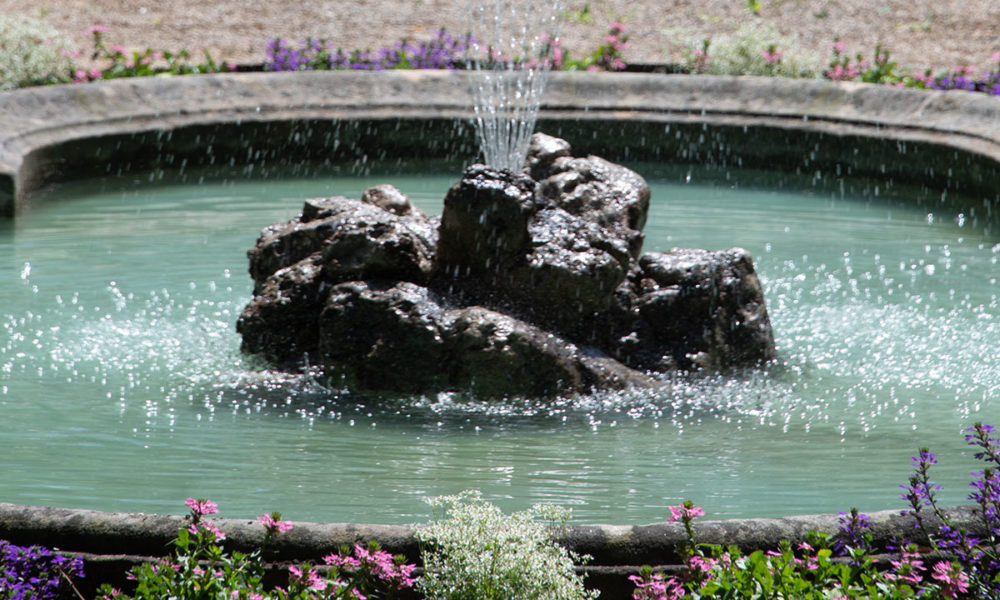Hafenpreppach Castle
From the 16th century at the latest, a line Stein von Altenstein sat in Hafenpreppach, which they had received as a fief from the Würzburg monastery. The ancestral castle of this family lies nearby on a ridge (Altenstein Castle). From 1664 the manor was in the possession of the barons of Greiffenclau. However, a quarter of this dominion was under the feudal sovereignty of the House of Saxe-Römhild. The Greiffenclau kept the castle until 1789, after which the complex changed hands several times. When the last heir to the castle, Helmut Riehl, fell on the eastern front in 1942 during the Second World War, his parents transferred the entire estate to a foundation under the trusteeship of the Bavarian Red Cross. After the war, the estate was converted into a children’s home, which was closed in 1978. From 1980 onwards, extensive renovation work began on the building fabric. The owner of the foundation, the Bavarian Red Cross, sold the castle to private buyers in 1989.




